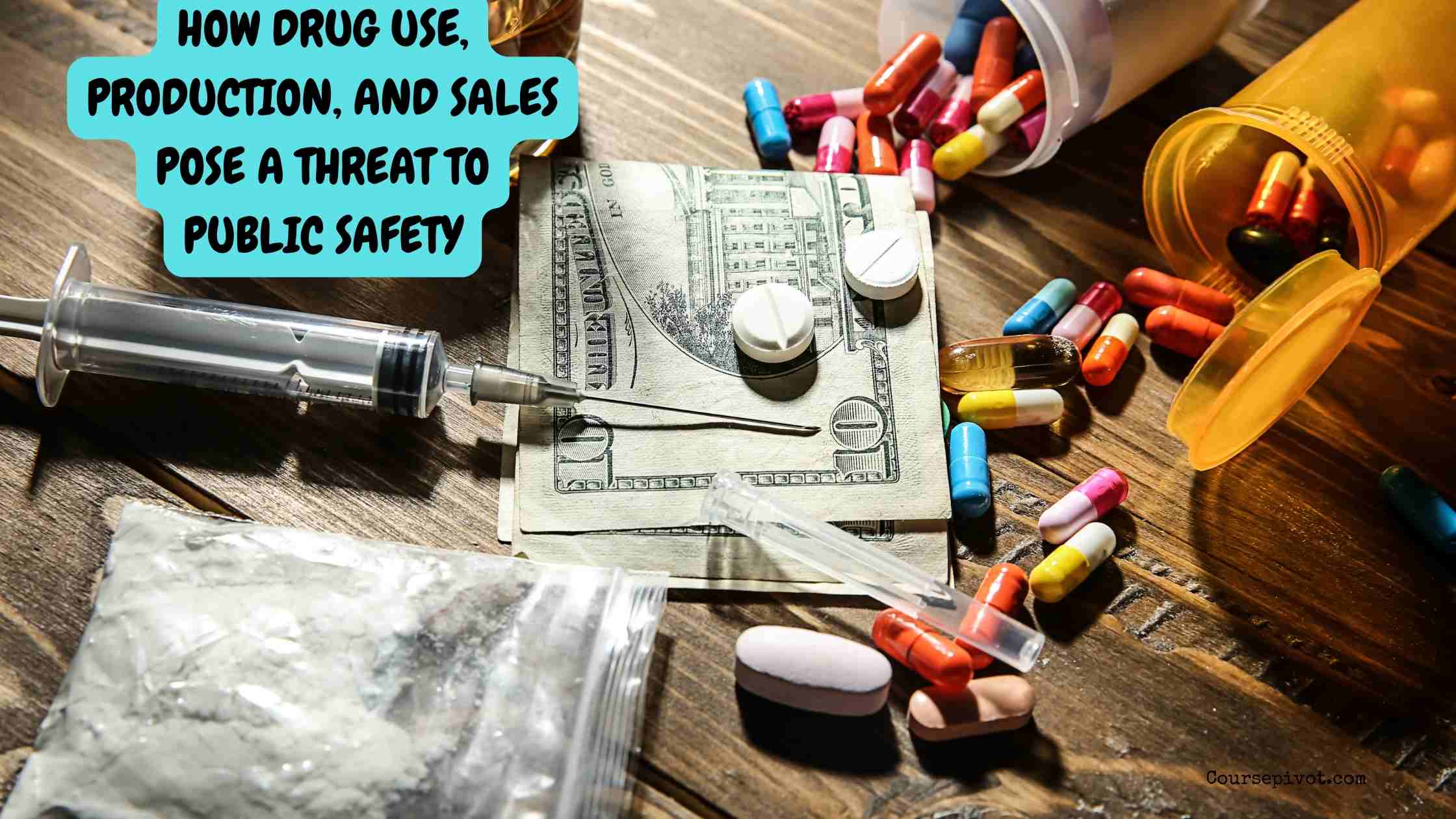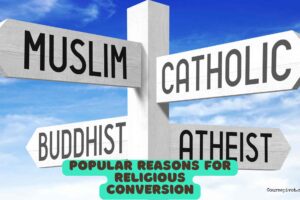
How Drug Use, Production, and Sales Pose a Threat to Public Safety
Drug use, production, and sales cast a long shadow over communities worldwide. The ripple effects touch every corner of society, from individual lives to public systems. As someone who has seen the impact of drugs on neighborhoods and families, I can tell you it’s a problem that demands attention. Why do these activities persist despite efforts to curb them? How do they unravel the fabric of public safety? Let’s dive into the issue, exploring the dangers and their far-reaching consequences.
Table of Contents
The threat isn’t just about addiction—it’s about the chaos that follows. Drug-related activities fuel crime, strain healthcare systems, and destabilize communities. Understanding these risks is the first step to addressing them. In this article, I’ll break down how drug use, production, and sales endanger public safety, offering clear insights into their impact. Ready to uncover the truth? Let’s get started.
The Dangers of Drug Use
Drug use is a personal choice with public consequences. It doesn’t just harm the user; it disrupts entire communities. Addiction drives behaviors that erode safety, from petty theft to violent outbursts. I’ve seen how substance abuse can turn stable lives upside down, and the data backs this up.
Health Risks and Public Burden
Substance abuse wreaks havoc on physical and mental health. Overdoses are a leading cause of preventable death. In 2021, the U.S. alone reported over 100,000 overdose deaths, mostly tied to opioids. These tragedies strain emergency services, with paramedics and hospitals stretched thin.
- Increased hospital visits: Emergency rooms overflow with drug-related cases, diverting resources from other patients.
- Mental health crises: Drugs like methamphetamine can trigger psychosis, leading to unpredictable behavior.
- Spread of disease: Sharing needles spreads HIV and hepatitis, creating long-term public health challenges.
Who pays for this? Taxpayers do, as governments fund treatment programs and medical care. The cost of ignoring drug use is too high to dismiss.
Crime and Violence
Drug use often fuels criminal activity. Addicts may steal or rob to fund their habits. Have you ever wondered why certain neighborhoods feel less safe? Drug-driven crime is a key factor. Studies show that up to 60% of property crimes in some urban areas are linked to substance abuse.
Users under the influence are also more likely to act violently. Alcohol and drugs lower inhibitions, leading to domestic abuse or public altercations. This creates an environment where no one feels secure, from families to passersby.
The Threat of Drug Production
Drug production is the hidden engine behind the crisis. It’s not just about backyard labs—it’s a sophisticated, dangerous industry. Producing drugs like methamphetamine or fentanyl involves toxic chemicals and reckless methods that endanger everyone nearby.
Environmental and Community Risks
Illegal drug labs are ticking time bombs. They often operate in residential areas, putting neighbors at risk. Chemical spills, fires, or explosions are common. In 2020, over 1,500 meth labs were busted in the U.S., many in suburban homes.
- Toxic waste: Labs dump hazardous chemicals, polluting soil and water.
- Fire hazards: Flammable substances used in production can ignite, destroying property.
- Child endangerment: Many labs operate in homes with children, exposing them to toxins.
I’ve read stories of families evacuated because a neighbor’s house was a drug lab. Can you imagine the fear of discovering that nearby? These operations don’t just harm producers—they threaten entire communities.
Organized Crime Connections
Drug production is often tied to organized crime. Cartels and gangs control large-scale operations, using violence to protect their turf. This creates a cycle of fear and instability. Communities near production hubs face increased gang activity, drive-by shootings, and intimidation.
Producers also exploit vulnerable people, like low-income workers, to run labs or transport materials. This pulls more individuals into the dangerous web of drug-related crime, further eroding public safety.
- Read our blog on 20 Reasons to Quit Social Media
The Impact of Drug Sales
Drug sales are the lifeblood of the illegal drug trade. Dealers operate in shadows, but their actions ripple outward, destabilizing neighborhoods and fostering fear. Selling drugs isn’t just a transaction—it’s a catalyst for broader societal harm.
Fueling Crime Networks
Drug sales fund criminal enterprises. The money from street deals often flows to gangs or cartels, empowering them to expand operations. This cash fuels other crimes, like human trafficking or weapons smuggling. In 2022, global drug trafficking was estimated to generate $650 billion annually—money that strengthens criminal networks.
Dealers also compete for territory, leading to turf wars. These conflicts spill into public spaces, with innocent bystanders caught in the crossfire. Have you ever avoided a street because it felt unsafe? Drug sales often drive that unease.
Community Disruption
Drug markets create no-go zones in cities. Parks, corners, or even schools become hotspots for deals, driving away families and businesses. Residents live in fear, hesitant to walk at night or let kids play outside. This erodes community trust and cohesion.
- Increased loitering: Dealers and users congregate, creating intimidating environments.
- Property value decline: Drug activity lowers real estate values, trapping residents in unsafe areas.
- Youth vulnerability: Teens are often targeted as customers or recruits, perpetuating the cycle.
I’ve seen neighborhoods transform when drug sales take hold. The vibrancy fades, replaced by suspicion and fear. It’s a loss no community should endure.
Broader Societal Impacts
The threats from drug use, production, and sales extend beyond immediate dangers. They strain public resources and undermine trust in institutions. Police, healthcare workers, and social services are stretched thin, diverting attention from other needs.
Economic Costs
The financial toll is staggering. In the U.S., drug abuse costs over $700 billion annually in healthcare, law enforcement, and lost productivity. Businesses suffer when employees struggle with addiction. Communities lose when tax dollars are funneled into crisis management instead of growth.
Social Fragmentation
Drugs tear at the social fabric. Families break apart under the weight of addiction. Communities divide as trust erodes. I believe we can rebuild, but it starts with acknowledging the scope of the problem. Why do we let these issues fester? The answer lies in collective action—ignoring it only deepens the wound.
Read our blog on Signs Your Family Doesn’t Care About You
Take away
Drug use, production, and sales are more than individual problems—they’re threats to public safety that touch us all. From health crises to violent crime, the impacts are undeniable. I’ve seen how these issues can hollow out communities, leaving fear and distrust in their wake. But understanding the problem is the first step toward change.
The dangers are clear: addiction fuels crime, production endangers neighborhoods, and sales empower criminal networks. These activities strain resources and fracture society. Yet, there’s hope in awareness and action. By addressing these issues head-on, we can protect our communities and reclaim safety.
What can we do? Support prevention programs, advocate for stricter enforcement, and foster community resilience. The fight against drugs is a fight for our shared future. Let’s not look away—our safety depends on it.
Cite this article
You can copy and paste your preferred citation format below.
Martin, L. & Arquette, E.. (2025, May 30). How Drug Use, Production, and Sales Pose a Threat to Public Safety. Coursepivot.com. https://coursepivot.com/blog/briefly-explain-how-drug-use-production-and-sales-pose-a-threat-to-public-safety/



